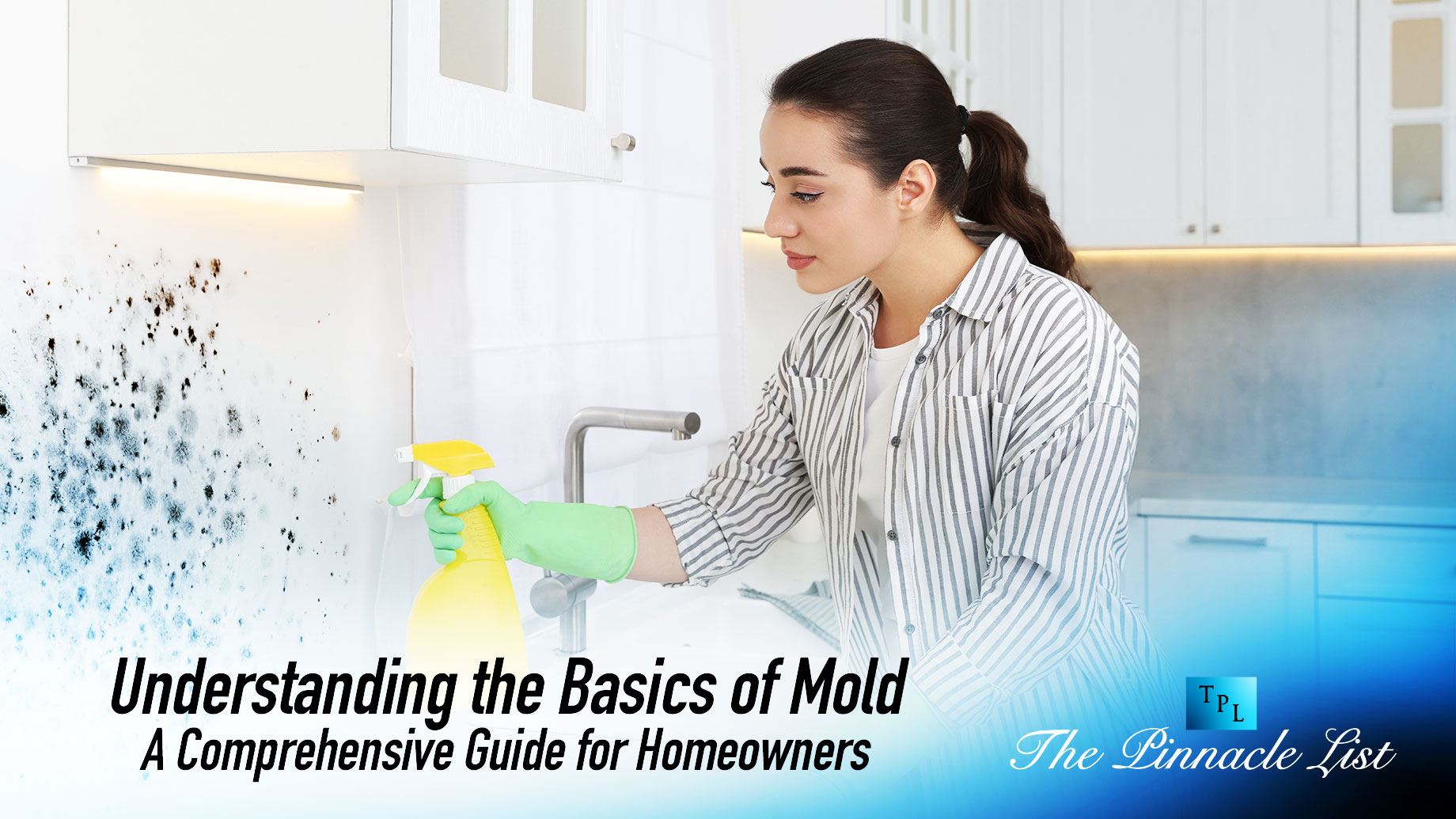
Mold is a common issue that many homeowners encounter, and understanding its fundamentals is crucial for effective prevention and management. In this comprehensive guide, we’ll delve into the basics of mold, including what it is, how it grows, its potential health risks, and steps you can take to prevent and address mold problems in your home.
What Is Mold?
Mold is a type of fungus that plays a vital role in the natural environment by breaking down organic matter. It reproduces by releasing tiny spores into the air, which are invisible to the naked eye. These spores are ubiquitous, existing both indoors and outdoors.
How Does Mold Grow?
Mold requires specific conditions to grow and thrive, including:
- Moisture: Mold needs moisture to grow, and even small amounts of dampness can provide an ideal environment for it.
- Food Source: Mold feeds on organic materials, such as wood, paper, drywall, and fabric.
- Warmth: Mold tends to thrive in temperatures between 77°F and 86°F (25°C to 30°C).
- Darkness: Mold prefers dark environments but can grow in varying light conditions.
Health Risks Associated with Mold
Exposure to mold can pose health risks, especially for individuals with allergies, respiratory conditions, or compromised immune systems. Common symptoms of mold exposure include:
- Sneezing
- Coughing
- Runny or stuffy nose
- Itchy or watery eyes
- Skin rashes
- Throat and lung irritation
Prolonged or severe exposure to mold can lead to more severe health issues, making it essential to address mold problems promptly.
Mold Prevention and Management
Preventing mold growth in your home is the most effective strategy. Here are essential steps to consider:
- Address Moisture Issues: Identify and fix sources of moisture, such as leaks, plumbing problems, or inadequate ventilation.
- Control Humidity: Maintain indoor humidity levels between 30% and 50% to discourage mold growth. Use dehumidifiers if needed.
- Proper Ventilation: Ensure proper ventilation in areas prone to moisture, like bathrooms and kitchens, to reduce humidity.
- Regular Inspections: Conduct routine inspections of your home to detect and address mold or moisture issues early.
- Mold Remediation: If you discover mold, consider professional mold remediation services to ensure safe and thorough removal. Additionally, for effective water damage solutions in Baltimore, MD, consider seeking assistance from water damage Baltimore MD experts to protect your home from further harm.
Conclusion
In conclusion, grasping the fundamental aspects of mold is paramount for homeowners seeking to safeguard their homes and well-being. Mold, as a naturally occurring fungus, can pose issues when it finds the right conditions to thrive indoors. By adopting a proactive approach, involving moisture control, humidity management, regular inspections, and swift mold remediation if needed, you can cultivate a safe and mold-free living environment for your family. Remember, when facing mold-related challenges, the expertise of professionals like Mold Remediation Pros can provide invaluable assistance.